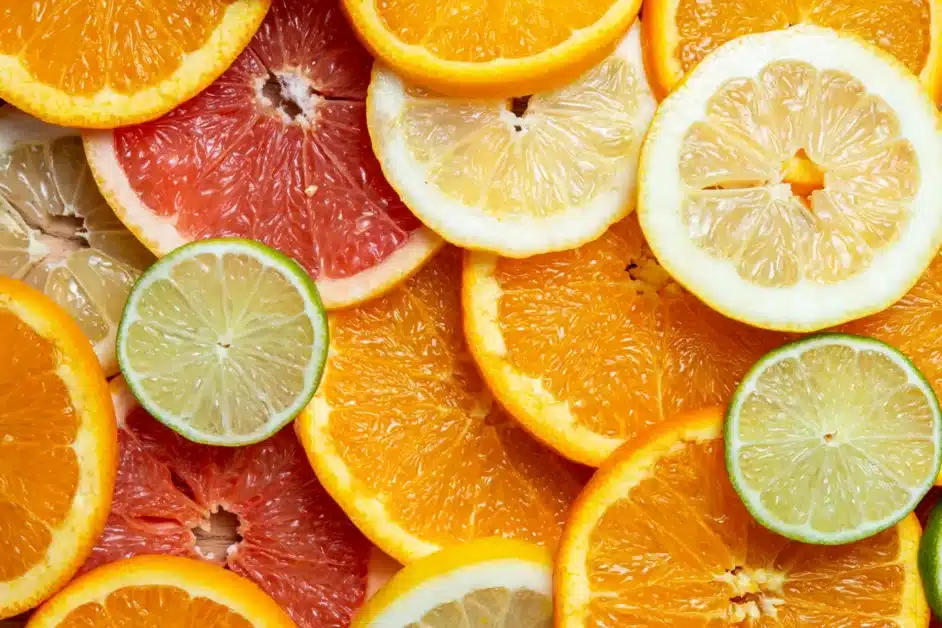Growing citrus in containers has become increasingly popular, especially for gardeners with limited space. Whether you’re nurturing a Meyer lemon on a balcony or a lime tree indoors, container-grown citrus requires careful nutrition management. Unlike trees rooted in the ground, potted citrus depend entirely on the soil mix and added nutrients for survival. Choosing and tailoring the right citrus fertilizer can make the difference between lush growth and disappointing results.
In this guide, we’ll explore how to properly dose, adjust, and manage citrus fertilizer for container-grown citrus, while highlighting advanced product options from YaraFert designed to deliver balanced nutrition.
Citrus fertilizer dosing for container-grown citrus
Potted citrus trees have a restricted root zone, which means nutrient availability is limited to what growers supply. The correct dose of citrus fertilizer ensures steady growth without risking leaf burn or nutrient imbalances.
A well-rounded fertilizer should provide macronutrients (N-P-K) along with essential micronutrients. For example:
- Nitrogen (N): Drives leafy growth.
- Phosphorus (P?O?): Supports root and flower development.
- Potassium (K?O): Improves fruit quality and disease resistance.
- Micronutrients: Iron, zinc, boron, and magnesium are crucial for photosynthesis and fruiting.
Balanced formulations like Ugarit 27-27-27 + TE or Biofast (12-12-12) deliver these nutrients evenly, making them excellent starting points for container citrus feeding.
? Always begin with lower doses of citrus fertilizer and gradually increase as the plant grows and nutrient demand rises.
Importance of drainage with citrus fertilizer in pots
Drainage plays a critical role in how well citrus fertilizer is absorbed. Unlike garden soil, potting mixes retain water differently, and poor drainage can cause salts from fertilizers to accumulate, leading to root stress.
To optimize nutrient uptake:
- Choose containers with multiple drainage holes.
- Use a well-aerated potting mix containing perlite, bark, or sand.
- Flush pots periodically with clean water to wash away excess salts.
Fertilizers like SULFOMIX, containing iron (6%), zinc (3%), and boron (3%), are highly effective when pots drain well. These micronutrients travel quickly through moist but well-drained soil, supporting leaf health and preventing deficiencies such as chlorosis.
? Proper drainage ensures that applied citrus fertilizer nourishes the plant instead of creating harmful salt buildup.
READ MORE: Best Citrus Fertilizer for Orange Trees: A Growing Guide
Adjusting citrus fertilizer as potted trees grow

As potted citrus trees mature, their nutritional requirements shift. Young trees focus on root and foliage development, while established plants demand higher potassium and calcium for flowering and fruiting.
Here’s how to adapt citrus fertilizer applications across growth stages:
- Young Trees: Use nitrogen-dominant blends like SULPHOMIN (45% N) to encourage canopy establishment.
- Flowering Stage: Switch to balanced fertilizers like Ugarit 25-25-25 + TE to support both flowers and early fruit.
- Fruiting Stage: Apply potassium-rich solutions such as Ugarit 0-5-65 or Ugarit Multi (30% K?O, 10% CaO, 32% S) to enhance fruit size, taste, and shelf life.
? Adjusting the type of citrus fertilizer as trees transition ensures continuous growth and productive harvests.
Citrus fertilizer frequency for indoor vs outdoor pots
The frequency of applying citrus fertilizer depends on environmental conditions. Outdoor citrus benefit from sunlight and active growth seasons, while indoor citrus often grow more slowly due to limited light.
Outdoor Pots
- Fertilize every 2–3 weeks during spring and summer.
- Reduce frequency in fall and suspend applications in winter when growth slows.
Indoor Pots
- Apply diluted citrus fertilizer every 4–6 weeks.
- Supplement with micronutrient sprays like CALCIMAG (15% N, 22% CaO, 3% MgO, 0.5% B) to prevent deficiencies in calcium and magnesium that are common in indoor-grown plants.
? Matching fertilizer schedules to growth conditions prevents under- or overfeeding and maximizes citrus performance.
READ MORE: How to Choose the Best Citrus Fertilizer for Your Soil Type
Avoiding nutrient buildup with citrus fertilizer in containers

One of the main risks in container citrus cultivation is nutrient buildup. Over time, repeated applications of citrus fertilizer can lead to high salt concentrations in the soil, damaging roots and reducing nutrient uptake.
To prevent this, follow these strategies:
- Leach Pots: Every 2–3 months, water heavily until excess drains out, flushing accumulated salts.
- Alternate Formulations: Rotate between balanced blends (e.g., Ugarit 40-10-10 + TE) and micronutrient-focused products like Ugarit Beet, which supplements zinc, copper, and molybdenum.
- Monitor Symptoms: Yellowing leaves, leaf drop, or poor flowering may signal overfertilization.
? Careful monitoring and regular flushing keep citrus fertilizer effective and safe for container use.
Practical Product Solutions for Container Citrus
YaraFert provides a range of advanced fertilizers suited for the unique needs of container-grown citrus. Some recommended options include:
- Biofast (12-12-12): Balanced gel fertilizer enhanced with humic and fulvic acids for improved uptake.
- SULFOMIX: A suspension rich in essential micronutrients for correcting deficiencies quickly.
- Ugarit 0-5-65: High-potassium suspension ideal for improving fruit quality.
- CALCIMAG: Liquid fertilizer providing calcium and magnesium, essential for preventing fruit disorders like blossom-end rot.
- Ugarit Multi: Potassium- and calcium-rich liquid designed for fruiting stages.
These formulations can be integrated into a flexible fertilization program that matches citrus needs from early growth to fruiting.
Final Thoughts
Container citrus cultivation requires careful nutrient management, and tailoring citrus fertilizer use is key to success. By adjusting dosage, ensuring good drainage, adapting formulations to growth stages, and managing frequency, growers can maintain vibrant, productive potted citrus plants. Avoiding nutrient buildup further ensures long-term container health.
? Whether you’re growing lemons, limes, or mandarins in pots, advanced solutions like Biofast, SULFOMIX, CALCIMAG, and Ugarit high-potassium formulations provide the targeted nutrition your trees need.
? Explore our full range of YaraFert citrus fertilizer solutions today, or contact our agronomy team for personalized recommendations tailored to your growing conditions. With the right care, your container citrus will thrive season after season.
READ MORE: Citrus Fertilizer with Micronutrients: Do You Really Need Them?

